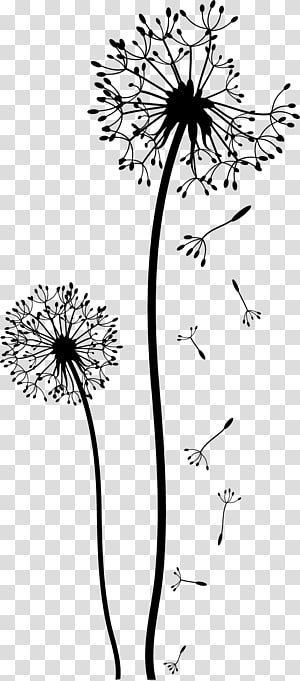

If you lay it flat, the dots are close together. Imagine you have a stretchy polka-dot shirt. You haven’t actually increased the resolution you’ve just expanded those pixels out. Not only has your resolution increased in the image above, but your dimensions have also increased as well. Say you want to increase the resolution, so you type a new number into the resolution box. You can see the “Image Size” dialogue box we just described. In theory, you can just set these numbers however you like and click “OK.” In practice, it’s not always that easy.Ībove, we’re resizing Forest Sky, a piece by 500px Contributor Kalen Emsley, as an example. Last is the image resolution, which is measured in PPI or DPI. If you want to convert pixels to inches or need to do the opposite and convert inches to pixels, simply select a new unit of measurement from one of the dropdown menus on the right. Your file size (Image Size) is right there at the top. Here you’ll see all that vocab we just covered. Resizing in Photoshop is a relatively simple process. The process of resizing the dimensions of a photo and/or changing its resolution and file size to prepare it for the web is called image optimization. If you do not resize to fit those requirements, the hosting site may refuse to upload it altogether, or worse, compress or distort your photo. Depending on where your image will appear, you may want to use a specific aspect ratio (a hero image will require a different aspect ratio than an Instagram post). Even if you are not going to print your image, your website or online portfolio will probably have requirements for the file size and resolution that an image must be in order to be uploaded.
HOW DO I RESIZE A PHOTO TO 500X500PX PROFESSIONAL
Resizing is a daily part of a professional photographer’s workflow. Those 4×6 inch family photos we just talked about have an aspect ratio of 3:2. Your aspect ratio describes that length and width in terms of-you guessed it-a ratio. Your dimension, as we just discussed, describes the length and width of your image in terms of measurements.

Aspect RatioĪspect ratio is often confused with dimension because they’re closely related. “Information” can refer to pixels, which means a higher resolution may give you a larger file, or it can refer to things like layers if you are saving in a non-destructive file type. The more information there is in an image, the more memory it requires, and the bigger the file size. File Sizeįile size refers to how much space or memory your photo takes up. Although you may hear them used interchangeably, DPI refers to print resolution (as in, the number of ink dots per inch) while PPI refers to screen resolution (or how many pixels in an inch when your photo is viewed at 100%). DPI and PPIĭPI (Dots Per Inch) and PPI (Pixels Per Inch) are the two terms that describe your image resolution. (Therefore, the pixel density of the photo.) The smaller those pixels, the more of them you can fit within your dimensions and, in most cases, the sharper your image will appear. The resolution of a photo refers to how many pixels there are within those dimensions.
HOW DO I RESIZE A PHOTO TO 500X500PX FULL
There are many standard sets of dimensions that you’re probably familiar with for example, your old family photo albums are probably full of standard 4×6 inch prints. Depending on what you’re using your photo for, you may need to see this measurement in pixels, inches, or centimeters. The dimension of a photo is essentially the measurement of its length and width. Knowing the vocabularyįirst, it’s important to understand the terms that will be used in this article. Here are our tips for resizing your images without losing any details in the process. While you can resize your photos using a variety of quick online tools, we recommend doing it with care and precision so you don’t damage the quality of your files. The web is constantly evolving, and for photographers, that means regular image resizing. Now, it’s best to upload your photos with a resolution of at least 2048 pixels. In 2003, when 500px launched, the perfect web-resolution was, well, 500 pixels. A Facebook photo should be at least 1200 pixels wide-1920 if it’s an event photo. Pinterest images shine at around 1000×1500 pixels. Instagram photos look best at 1080 pixels wide.


 0 kommentar(er)
0 kommentar(er)
